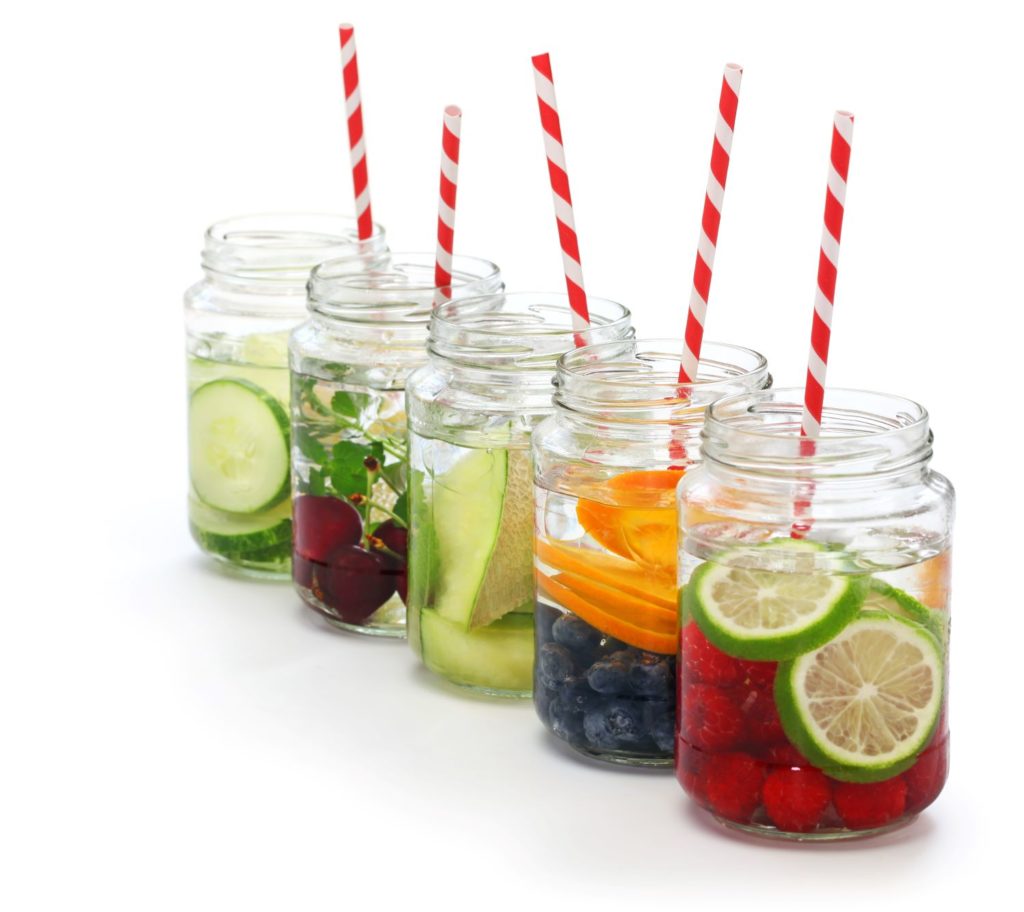Go for Zero: Cutting Back on Sugary Drinks

You may already know that 5-2-1-0 is a simple way to remember experts’ recommendations for good health. Perhaps you also know that the “0” reminds us to aim for zero sugary beverages and drink more water instead.

But what if that zero feels daunting? How can you move your family from its dependency on sugary beverages to not drinking any at all? A handful of smart strategies can help you cut back.
Dilute the juice

Add unsweetened seltzer water or sparkling water to a glass of juice. Avoid juice with added sugars—high-fructose corn syrup and juice concentrates included—and choose 100% fruit juice instead.
Say no to refills
If it’s hard to give up a daily soda habit, start reducing the amount you consume. Instead of drinking from a 20 oz. bottle, choose the 8 oz. can or pour your beverage into an 8 oz. glass. If ordering at a restaurant, finish your first glass but pass on the refills. Ask the server for a glass of water for the second round.
Keep the flavor
Water doesn’t have to be plain. Try sparkling water or experiment with different fruits and herbs in either the pitcher or individual glasses:
- Sliced strawberries and cucumber
- Raspberries and orange wedges
- Cubed cantaloupe
- Grapefruit slices
- Cubed watermelon and mint leaves
- Lemon and rosemary

Carry a refillable water bottle
Make a habit of carrying a refillable water bottle when you leave the house. Be sure everyone in your house has their own bottle, one that can easily fit in your car’s beverage holders and your child’s backpack. Having cold water on hand can quench your thirst and reduce your need to purchase something less nutritious, saving you a little bit of money while giving your body what it really needs.
Staying hydrated is important. A drop of just 1-2% in body fluid has been shown to cause difficulty with math problems, slower processing, impaired short-term memory, and trouble focusing on a page of text or computer screen.
Topics: 5210
Subscribe for more
Want more ideas for healthy schools, workplaces, child care providers, and families? Subscribe to our blog for weekly tips delivered right to your inbox!
The far eastside food desert gets an exciting boost NEXT »
Eight (healthy!) things to know about school lunch and breakfast programs
